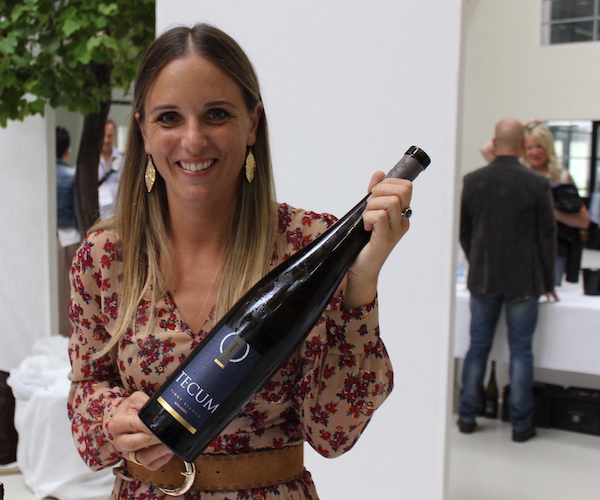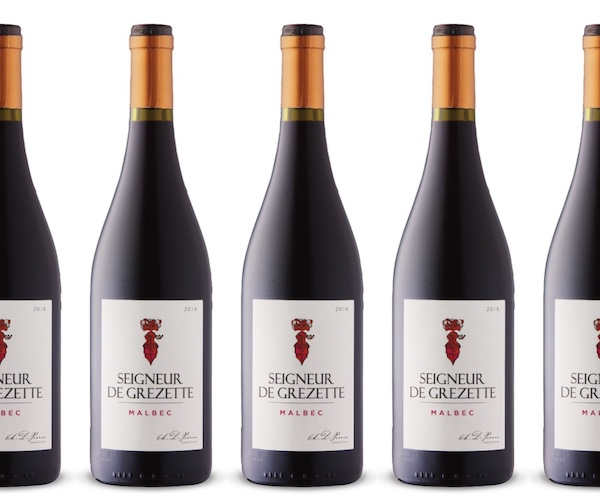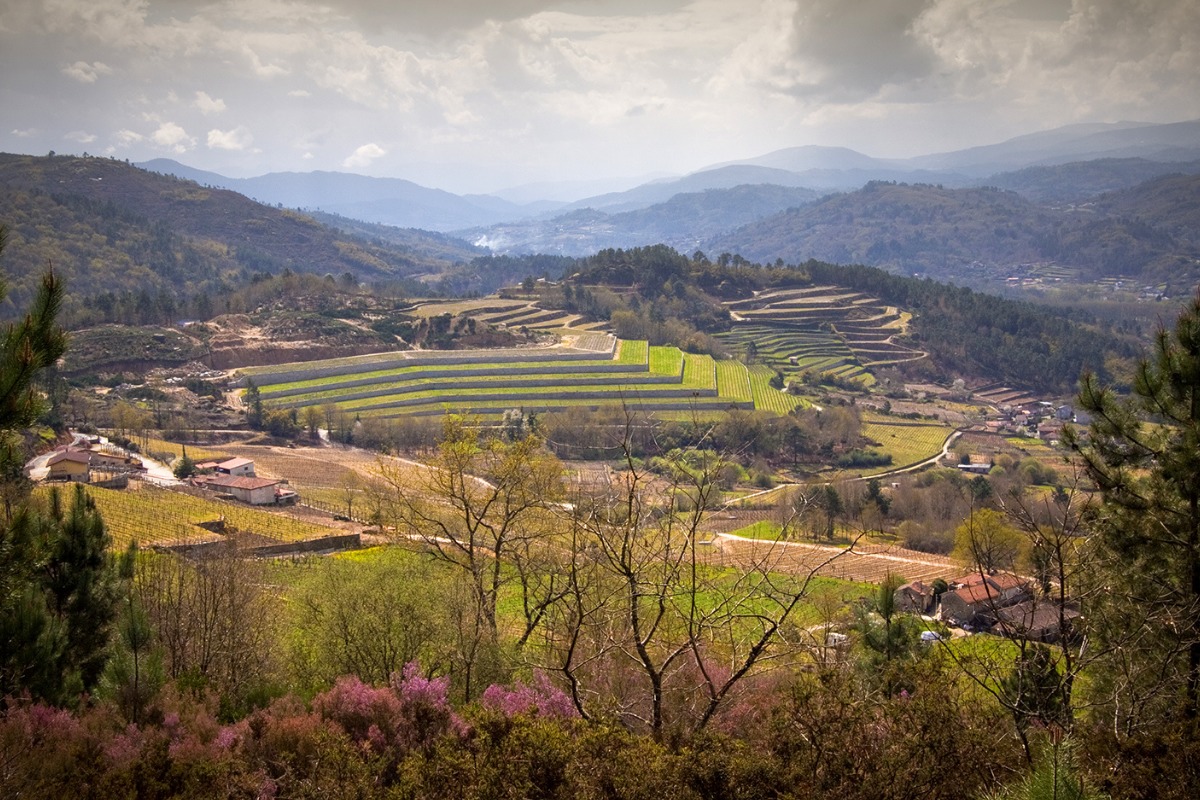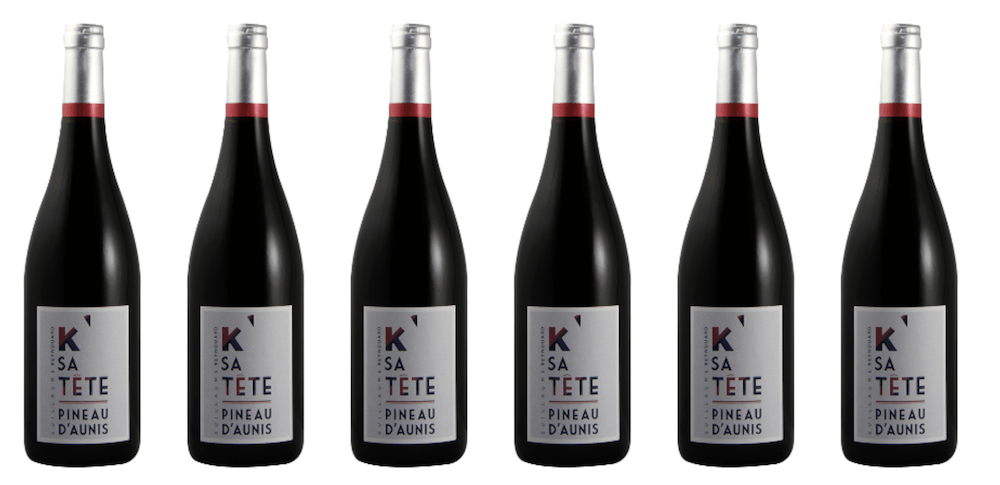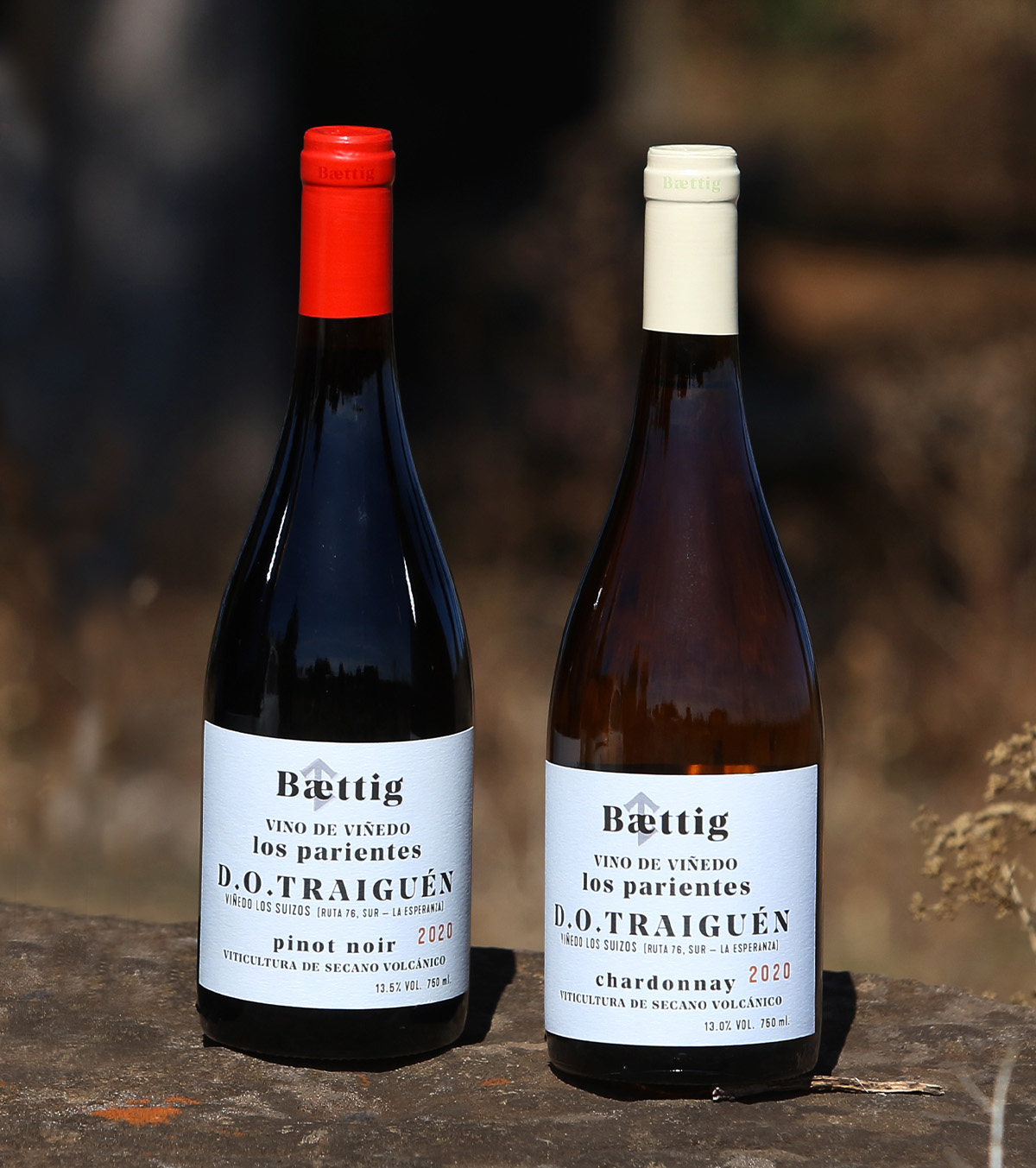Malcolm Jolley is exposed to the eonophilic pleasures of an Alpine Mediterranean climate.
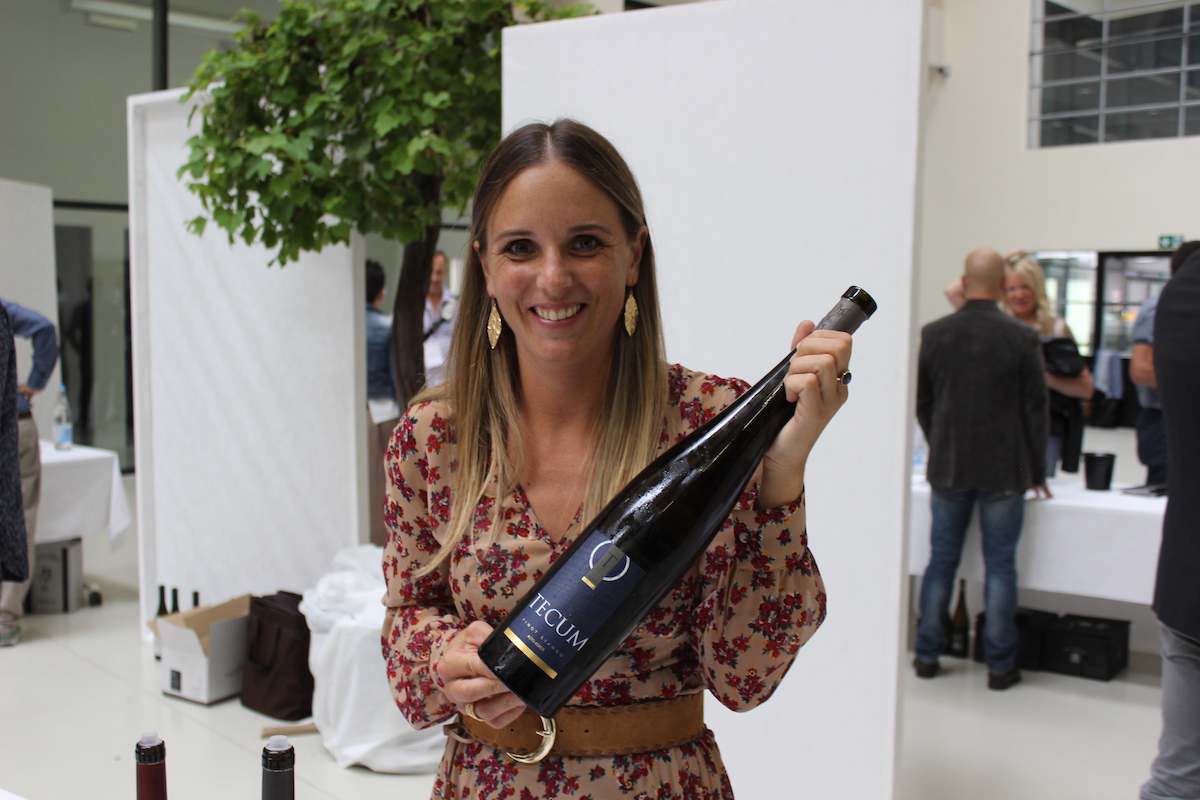
Ines Giovanett of Castelfeder pours Weissburgunder / Pinot Bianco in Magnum at the Alto Adige Wine Summit.
Buongiorno / Hallo from Bolzano / Bozen in the Alto Adige / Südtirol,
If you think language politics are complicated in Canada, I encourage you to visit the Alto Adige / Südtirol where everything has two names. Actually I encourage you to visit the Germanic Südtirol in the Italian Alps because it is a beautiful place full of beautiful people and beautiful wines. Many of those wines I have just tasted this morning at the Alto Adige Anteprima, part of the Alto Adige Wine Summit that I have traveled to as a guest of Wein Südtirol / Vini Alto Adige. Unlike more traditional Anteprima, or En Primeure, wine shows this one in Bolzano is not vintage based. It’s release based. Producers bring wines that have not been released yet, but will be in the few months. So, some wines I tasted were unlabeled straight from the tank or barrel, and some were more than a few years old.
I lobbied the Conzorsio to come to cover the Alto Adige Wine Summit because I have been for many years a big fan of the region, but I understand now my appreciation of its wine was narrowly based on a few varietals, namely Pinot Grigio and Lagreine, and a particular cool climate style. That’s been affirmed, but after tasting dozens of wines today, and a few at dinner last night I am very glad I came as I have been pleasantly exposed to some very interesting expressions of what I now know to call wines from an ‘Alpine Mediterranean Climate’. Here’s a very quick hot take on what I think is interesting about the Südtirol wines that I wasn’t previously aware of…
- The Alpine Mediterranean Climate sounds a bit like an oxymoron, but it’s a really apt description for the wine growing areas of the region, which is right in the middle of the Alps but can get quite hot. I was told, in fact, that in summertime Bolzano, which lies at about 275 meters above sea level, is sometimes the hottest city in Italy. This is in no small part because the giant walls of the Dolomite Mountains act as a shield from cool winds from the north and a kind of oven. At the same time, vines grown at 800, 1,000, or even 1,200 meters high are in cooler climates… except while high altitude cools air temperature it also increases sunlight exposure because there is nothing higher to throw shade. There are vineyards in the Südtirol that get 12 hours of direct sun a day for weeks. This means that there a number of sites in the region where ripening is not a problem (and, actually, the opposite is becoming a problem because of global warming).
- So, if your in an Alpine Mediterranean climate where ripening isn’t necessarily an issue, and where the diurnal temperature change is significant, what are you going to grow? Cabernet Sauvignon, of course. It’s not fashionable to champion ‘international varieties’ in Italy right now, but that’s silly because all varieties are ‘international’ anyway (ask the Georgians and Greeks), and most of them were planted 25 or 30 or more years ago and some of those vines are making really good fruit. I have been really pleasantly surprised by the Cabernet Sauvignon in the Alto Adige that I have tasted. It’s super ripe, with expense account concentration but also quite bright and lively with more of a red fruit character than black. I think it might be its own thing and I really love what I have tasted so far.
- Speaking of unfashionable styles of wine that the Südtirol seems to do really well, I have very, very much enjoyed the 90’s Style Chardonnay many of the producers were pouring today. I mean full on barrique and malolactic fermentation butter bombs… except they aren’t at all because the underlying wine is so lean and mineral, especially from high altitude sites, it would be ridiculous for these wines to be presented another way and just works so well like butter and lemon and no sweet vanilla notes. If Absolutely Fabulous came back this is what Edwina and Patsy would have with lunch and I would happily join them.
- While I am on a roll of uncool wines that are actually really cool and also maybe hot in the Alto Adige, I have to mention Pinot Grigio. I had sort of forgotten that it’s actually an aromatic grape and is capable of making some pretty interesting, complex wines, at least in the Südtirol.
- Also, Gewürstraminer… seriously: I may have become a convert.
It’s getting late here, and I need to get find an aperitivo on the Piazza Walther to recharge my batteries for what promises to be a long and delicious dinner with more wine and winemakers. The work here is hard. I will elaborate on the themes above, and much more about the Südtirol in posts to come. Until then arrivederci / auf wiedersehen!
Malcolm

